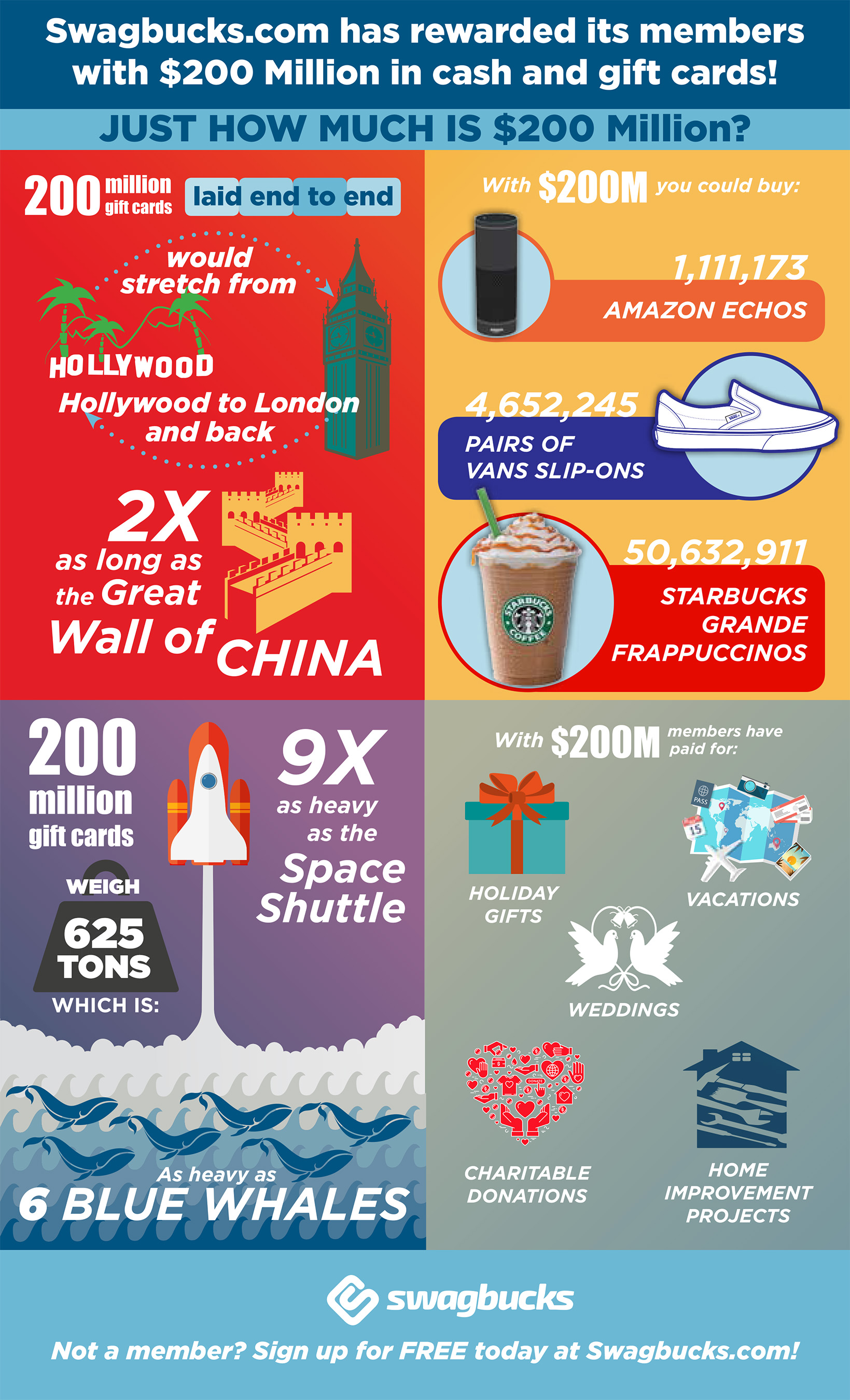Personalized glass awards stimulate an unwavering spirit of dedication and quality. They cultivate a society of acknowledgment that goes beyond hierarchical boundaries.
Wheel inscription is presented on a cup most likely made in the 1700s covered with intricate Chinese-style motifs. These motifs revealed loyalty to the Jacobite reason. This is an exceptional instance of just how imported Eastern items influenced European design trends.
Origins
As glassmaking became much more advanced, engravers became aware that a design added to a piece of glass transformed it from functional into desirable. They experimented with a variety of scratching, abrading and cutting techniques.
The most competent engravers generated great thorough job. Anna Roemers Visscher, that was a glass cutter and engraver, was renowned for her delicate flowers, influenced by the nature books prominent in her time.
Engravers likewise carved fine linework into glass. By the end of the 17th century, engravers had begun to abandon straight quality in favour of crosshatched chiaroscuro results. Among the earliest instances is taped on a container by a Rotterdam engraver who signed his deal with a doodled flexibility and vigour that lifted it above the rest.
Etching continued to be a popular technique, although it was increasingly eclipsed by cut glass and brand-new strategies such as etching, which was more affordable than etching. Nevertheless, economic pressures after c1905, together with declining quality of cut glass, saw a rise in the appeal of personalized glass, referred to as rock crystal.
Methods
Glassmakers used a range of techniques to mark or decorate the surface of a vessel, usually incorporating various techniques. One technique called stipple engraving, as an example, makes use of a point of tungsten or diamond to make small dots on the glass surface which develop contrasting white lines when light sparkles with them.
Engraved glass awards are valued for their sophistication and eminence. They reflect the deep esteem and respect that firms hold for their workers and promote a culture of excellence.
The clarity of glass symbolizes the openness and sincerity of business recognition, encouraging receivers to take stock of their achievements and review their trip in the organization. Moreover, the capacity of personalized glass to show customized message and images enables the development of extremely unique and purposeful honors that evoke the feeling of grandeur associated with this impressive product.
Styles
From the sleek lines of company awards to the etched message on glass trophies, inscribed crystal is a sophisticated symbol of acknowledgment. Whether shown on someone's desk or kept as a memento, these customized items communicate a sense of stature and expertise that is challenging to find in various other materials.
The design of engraved glass has actually altered over time to mirror changing preferences and technological advances. The old technique of copper-wheel inscription has opposed predictions of obsolescence, and brand-new methods like etching are taking control of where stippling when held sway.
The earliest diamond-point engraving, of the 16th century, is rigid and formal. It progressively ended up being more flexible and pleasing, but might easily deteriorate right into over-elaboration. In the 19th century Thomas personalized housewarming gifts Webb & Sons introduced "rock crystal" with deep cutting and copper-wheel inscription, which imitated high-end vessels cut of rock crystal in Europe and the Orient (see Ewer by Webb & Sons). The firm's primary engravers were Bohemian immigrants Frederick Engelbert Kny and William Fritsche, who signed their collaborate with a monogram G.
Definition
Engraved glass was pricey and demanded. This was due to the fact that it included one of the most demanding glass refining strategy and depended on the accuracy and effort of a proficient craftsman. The acme of engraving was available in the 17th century and was significantly a part of the Baroque and Rococo periods.
Throughout this time, personalized cups could be utilized to connect messages of social status. They would certainly display household crests and political obligations. They could likewise show off one's taste for the most up to date fashion and layout trends.
Today, personalized glass is still a vital art form. Nonetheless, advances in innovation and laser modern technology have streamlined the procedure and made it extra accurate. The resulting complex designs are both spectacular and sturdy. Moreover, brand-new sorts of glass have been established to react better to lasers. This has broadened the opportunities for artists and developers. It additionally reduces the ecological influence of the process. For instance, optical crystal is a superb selection for engraved awards due to the fact that it is clear and mirrors light well.
